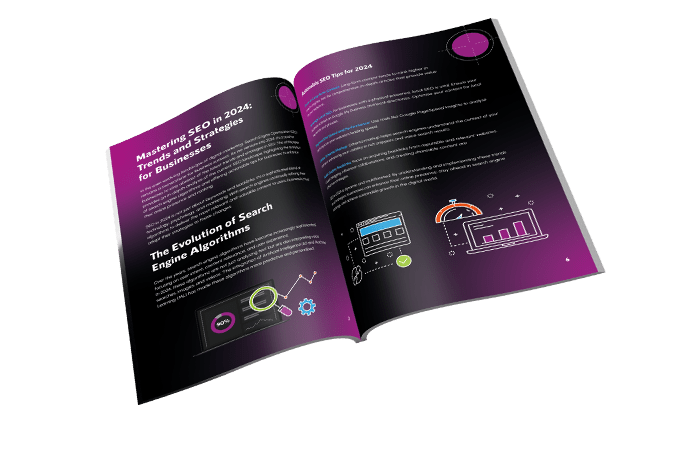News
Top Google Algorithms You Should Understand For Improved SEO
SEO is crucial to get your brand out there. This is what determines how easily people can find your brand when searching specific keywords for the products and services that they are looking for. SEO can be very tricky for people, especially if they are uncertain as to what helps to improve their online rankings.
There are algorithms that search engines like Google use to determine SEO rankings. By understanding these algorithms, you can learn how to use them to your advantage to improve your online visibility. These changes are on-going, some are obvious and are announced – others happen in the background and can take a while to spot.
Here’s a very brief overview of the most important ones:
Panda
This was what revolutionised SEO when Google first released it. The Panda Algorithmwas first released in February 2011, which added the first search filter to Google. What this did was made it so that low-quality and thin sites would not rank higher on search engines. They would determine websites to be spammy and which ones would be more useful to its visitors. High-quality sites would rank higher, especially if they get shared across social media sites. Organic traffic was given to those useful websites.
Penguin
Penguin is the algorithm that was released in April 2012. Unlike Panda, this algorithm is not as focused on the quality of content. Rather, this focused on incoming links. Link schemes were created to boost a website’s SEO and this algorithm targeted these schemes. It also targeted a practice known as “keyword stuffing”, where sites would put the keyword in the website as much as possible. Lastly, this also takes a look at sites that try to over-optimise their sites and unnatural links.
Hummingbird
Released in September 2013, the algorithm Hummingbird was released. This could arguably be considered one of the most significant algorithms to be released. The point of this algorithm was to improve the results users saw when they searched for a specific keyword. It would not search for things word by word, rather it would search for the “keyword’s intent”. This algorithm used over 20 ranking factors to focus on what the user wants to find with their keywords.
Pigeon
In July 2014, the Pigeon algorithm was rolled out. This algorithm wanted to help improve the experience for those local searchers who wanted to find a specific business in their area. This would be connected to their Google maps features, which helped users find the businesses that they are looking for in the area.
Fred
One of the most recent of the Google algorithms is Fred, which was released in 2017. There are still a lot of questions that SEO experts have about this specific algorithm, but it is believed to target websites that focus more on revenue than the content that they are releasing. For instance, websites that have a lot of popups may have suffered as a result of this recent algorithm because the popups take away from the user experience.
Understanding what these algorithms do can guide you to a more successful SEO strategy because it let’s you know what Google penalises and how you can avoid it. Algorithms are always changing because search engines want to improve the customer experience, so it is a good idea to stay on top of all of these changes.
If you would like a FREE, NO OBLIGATION conversation (and a cuppa) with 123 Internet Group to discuss your current rankings and how you can utilise SEO for your brand – please feel free to reach out to any of the team who would be happy to help.





The Ultimate Social Media Guide
With the ever-growing power of social media, we use the latest techniques, video, and animation software to craft eye-catching social media assets that make your brand pop. Our designers, wielding Adobe Creative tools, create distinctive animations and graphics to illuminate your brand story and highlight your products or services. Want a unique design? No problem – we also offer bespoke designs to match your brand aesthetic.